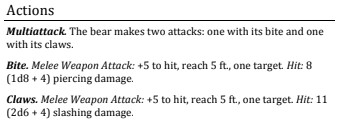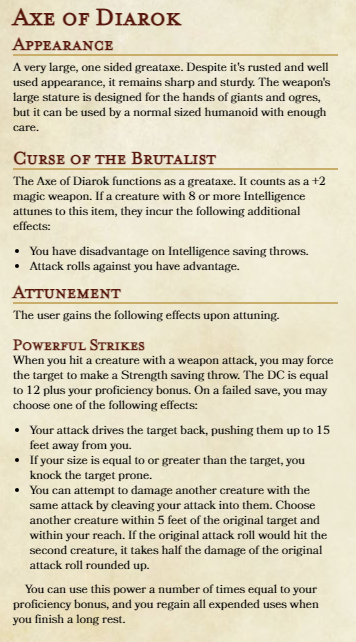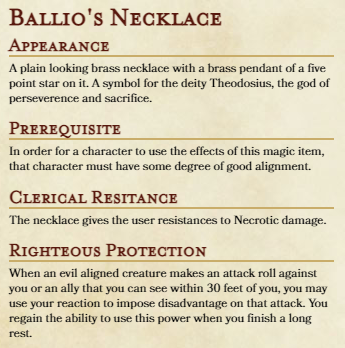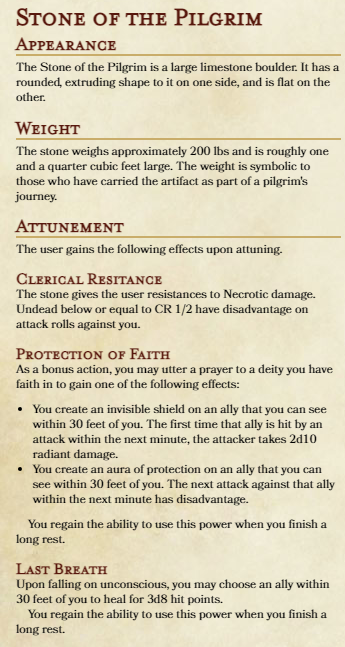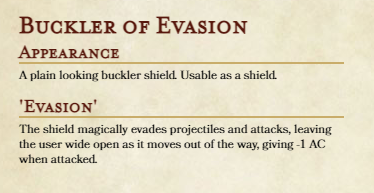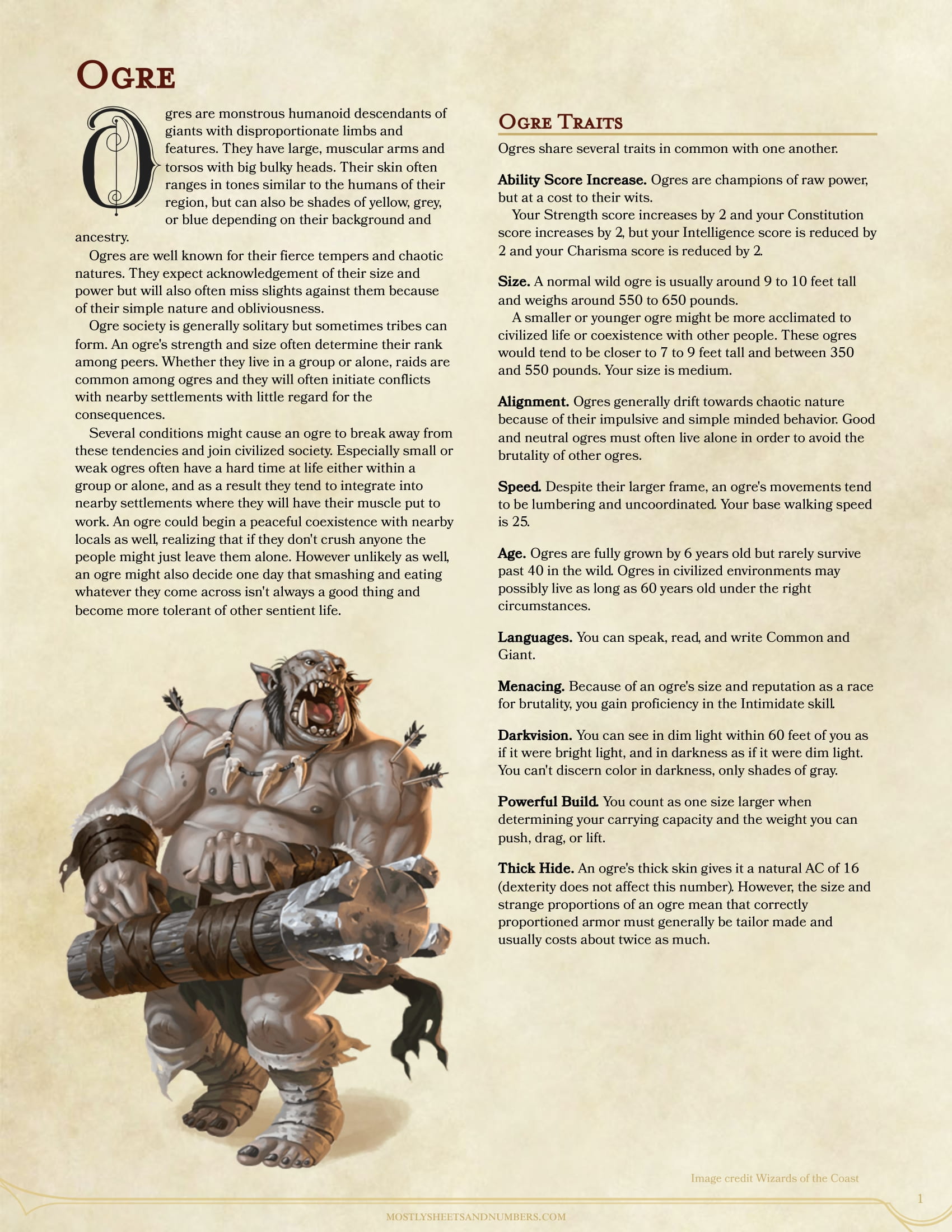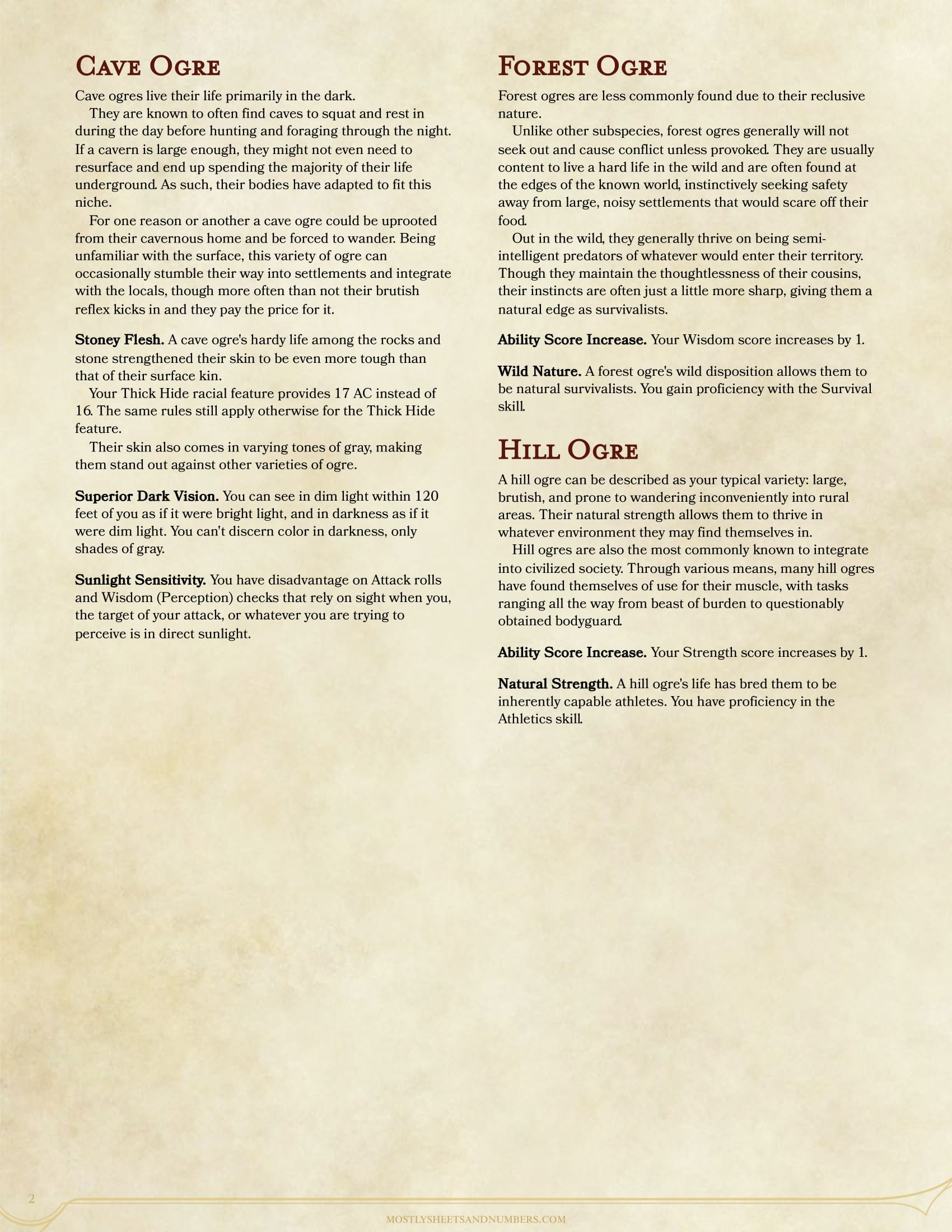I had a character concept that I wanted to try drafting for awhile. I wanted a character focused around throwing weapons, someone focused on chucking things as quickly and violently as possible. I also noticed I haven’t posted to the blog in awhile since DnD maps have been on a hiatus because of work, so I thought I should probably draft something up to post.
The Concept
The idea will be to create a character that has their thrown weapon attacks as buffed as possible, without resorting to Artificer or magic item tomfoolery. You won’t be as strong as if you went full-melee or full-ranged attack focused, but you’ll be a threat at both.
To achieve this, we’ll be focusing on grabbing all the feats and Fighting Styles that buff thrown weapons and dual wielding. Our character will be dual wielding throwable weapons so that we can tack on an extra bonus action ranged or melee weapon attack by taking advantage of the fact that several weapons with the “Thrown” property in DnD 5e are also “Light” weapons that can be dual wielded.
Class Options
Fighter is the strongest and most versatile option for this type of character in my opinion. You gain access to all the Fighting Style options you’d need as well as the higher frequency of Ability Score Increase class features allowing for better Ability Scores and optional Feats. For martial archetypes Champion and Brute both give good options to complement this build. Champion allows us to attempt a crit-fishing build or Brute allows for some free extra damage and resilience. Other options could include Battle Master for the battle maneuvers or Rune Knight because of it’s general strength.
Ranger is a secondary option for some alternate character flavor. While they get the option for the Fighting Styles you’d want, having fewer Ability Score Increases than the Fighter makes them less attractive from a damage and mechanics-enabling perspective. What you gain in return is the extra utility features that Ranger offers as well as spellcasting options that could potentially be useful.
Rogue can also work with parts of this build. You’ll be limited to using daggers as your thrown weapon if you want to be able to trigger your Sneak Attack bonus damage because of the finesse requirement. The Rogue class also may not be able to find ways to get the Fighting Styles you’d want, but you could still make it work. You’ll probably have to only take the Thrown Weapon Fighting style instead of both that and Two-Weapon Fighting and lose out on some raw damage as a result, but you gain the rest of the Rogue’s toolkit so it could be a pretty even trade.
I’m including Barbarian for a quick overview so others like me don’t bother to look into it. Rage mechanics generally require melee weapon attacks in order to function, so thrown weapon attacks don’t work well with the class.
Fighting Styles
Fighting Styles are pretty crucial for helping this build along.
Two-Weapon Fighting: This is the option I prefer to take first. This just allows us to add our Ability Score modifier to the damage for attacks with our offhand weapon. The damage ends up being quite high early on with being able to attack with action and bonus action, but you’ll see it taper off eventually (but who plans for a long campaign anyway?).
Thrown Weapon Fighting: This was the option added to 5e that enabled this build to be viable. It allows you draw the new thrown weapon as part of the attack instead of having to “reload” between throws, as well as gives a +2 to the ranged damage of thrown weapons. You’ll take it second most likely, because it’s not super relevant until you get the Extra Attack class feature, but this is the more important one take between this and Two-Weapon Fighting.
(Optional) Close Quarters Shooter (UA): One of the options you could eventually get if you go Champion or Brute Fighter and get the extra Fighting Style. Allows you to point blank throw weapons into people and gives a +1 to ranged attack rolls. What could be more fun?
(Optional) Superior Technique: One of the options you could eventually get if you go Champion or Brute Fighter and get the extra Fighting Style. Allows you to take some Maneuvers from the Battle Master Fighter Archetype.
(Optional) Defense: One of the options you could eventually get if you go Champion or Brute Fighter and get the extra Fighting Style. +1 to your AC, a simple but effective favorite.
Features
Fighting Initiate: A simple feat we take to get a bonus Fighting Style. This is the first feat we take in order to enable the thrown weapon mechanics we want for the build, and is the only “required” feat for the build.
(Optional) Dual Wielder: Probably the best extra option for this build. This gives us +1 AC as well as lets us dual wield thrown weapons without the “light” property, such as javelins and spears.
(Optional) Tough: If you find yourself not durable enough as a “ranged” character, this is the extra option for you.
(Optional) Piercer/Slasher: Both of these are good utility options depending on your choice of weapon.
Example Character Sheet
Here’s an example character of this stated for level 6. While he may not be a shining example of all the optimizations DnD has to offer, he’s certainly playable and fun sounding character. Ability scores are used with point-buy.
If you enjoyed this post, feel free to check on my other content! I try to update this site somewhat regularly with new content, mostly with maps and homebrew sheets from my campaigns.
